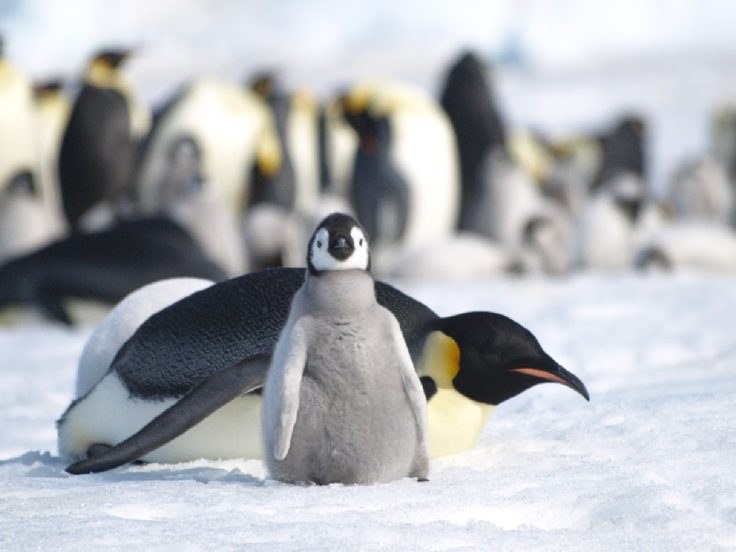Poor outlook for Antarctic biodiversity
An international study involving scientists from British Antarctic Survey (BAS) has debunked the popular view that Antarctica and the Southern Ocean are in a much better environmental shape than the rest of the world.
The study, published today in PLoS Biology and involving an interdisciplinary group of 23 researchers compared the position of Antarctic biodiversity and its management with that globally using the Convention on Biological Diversity’s (CBD) Aichi targets.
“The results have been truly surprising,” says lead author and Head of the School of Biological Sciences at Monash University, Professor Steven Chown.
“While in some areas, such as invasive species management, the Antarctic region is doing relatively well, in others, such as protected area management and regulation of bioprospecting, it is lagging behind,” he says.
The study found that the difference between the status of biodiversity in the Antarctic and the rest of the world was negligible.

“Overall, the biodiversity and conservation management outlook for Antarctica and the Southern Ocean is no different to that for the rest of the planet,” Professor Chown said.
The Aichi targets are part of the Strategic Plan for Biodiversity 2011–2020, adopted under the CBD, to assess progress in halting global biodiversity loss. Yet they have never been applied to Antarctica and the Southern Ocean – areas which together account for about 10% of the planet’s surface.
Terrestrial biologist Professor Pete Convey from British Antarctic Survey says:
“The realisation that Antarctic biodiversity is far less well protected than many would think is important. However, the fact that the mechanisms and knowledge are already in place within the ATCM provides much encouragement for the future, and indeed given the will and engagement now from Antarctic Treaty Parties, there is nothing to stop immediate and very positive progress in biodiversity protection in Antarctica.”
This latest analysis by scientists ensures that future assessments made under the Strategic Plan for Biodiversity 2011–2020 will be truly global. Read the paper here